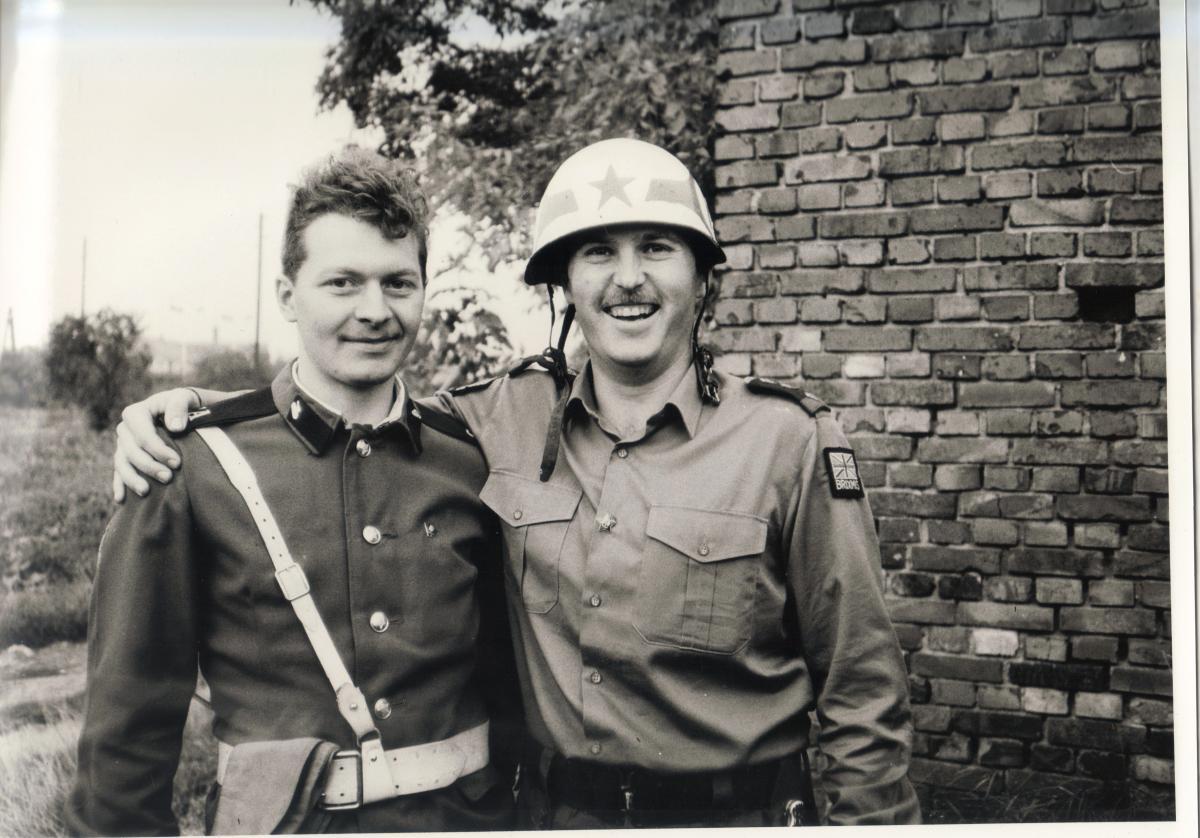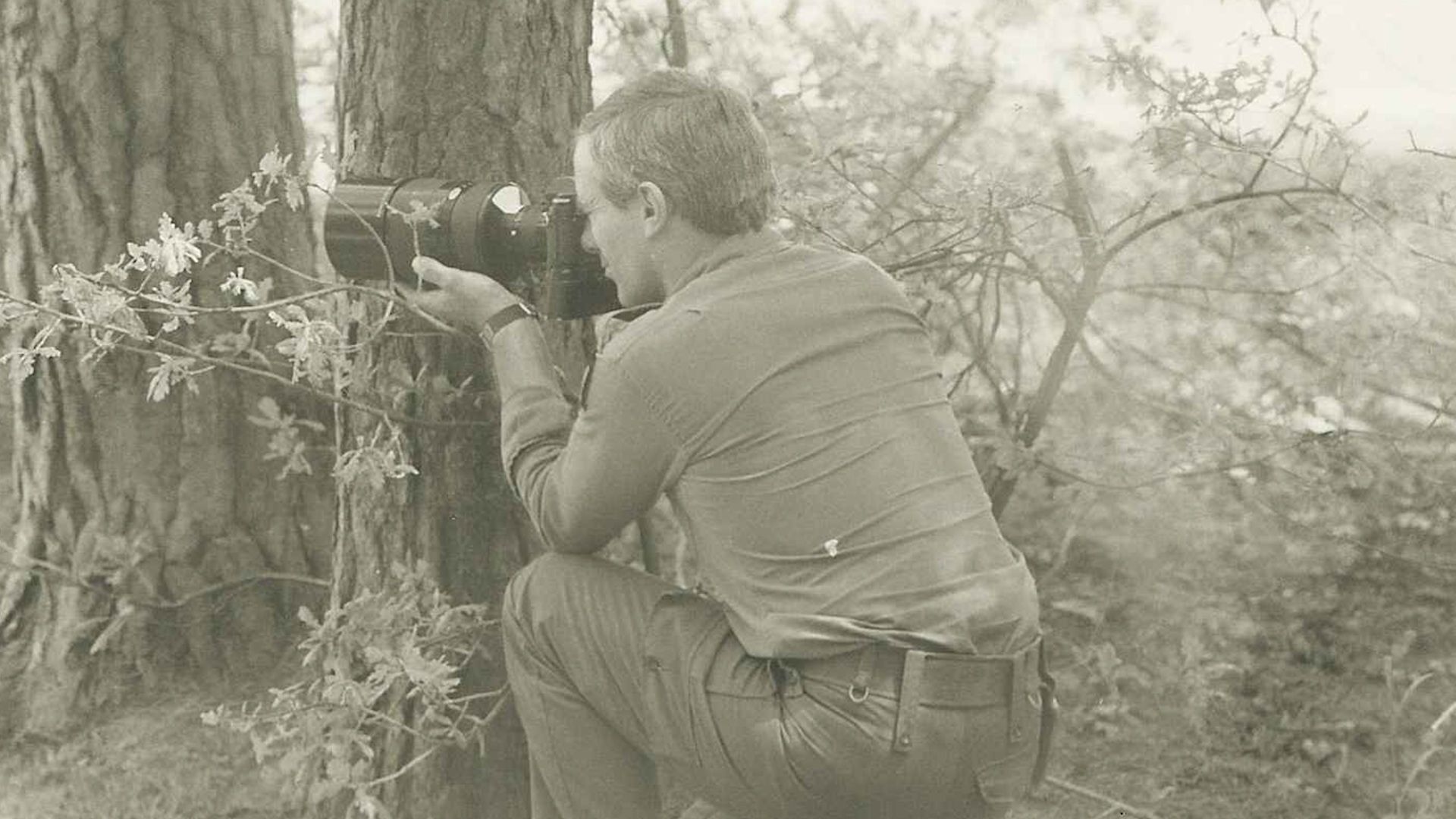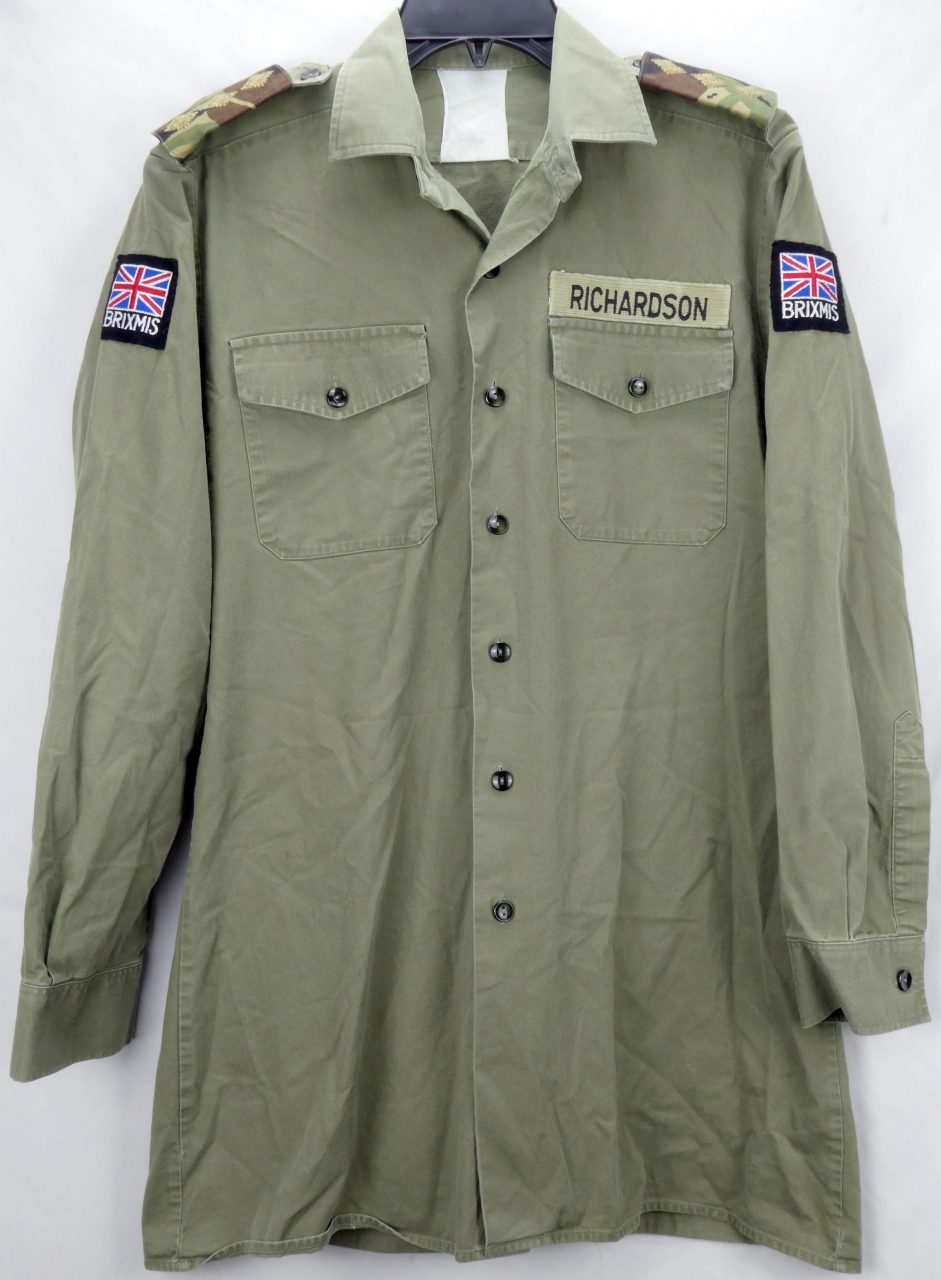Following the Second World War, Germany was divided into four occupation zones administered by the Allied powers. The Soviet-controlled zone became the German Democratic Republic (East Germany), while the American, British, and French zones were consolidated into the Federal Republic of Germany (West Germany). To defuse tensions between occupying forces, reciprocal agreements were established between the Western Allies and the Soviet Union. These agreements authorized the creation of Military Liaison Missions (MLMs), which allowed small groups of uniformed personnel, granted quasi-diplomatic status, to travel in clearly marked vehicles within each other’s zones, excluding restricted areas. [1]
Western MLMs operated from national mission houses located in Potsdam and travelled throughout the Soviet zone. Although their stated purpose was to promote transparency and reduce political tension, they also served as an important source of intelligence on Soviet forces, equipment, installations, and troop movements. While the missions were officially non-covert and meant to be non-confrontational, Western personnel sometimes exceeded their mandate by temporarily removing insignia to conduct reconnaissance on foot, collecting discarded materials, stealing unattended military equipment, and photographing sensitive sites. [1][2] Such activities occasionally provoked dangerous encounters: Western teams were sometimes pursued, rammed, or detained by Soviet or East German authorities, and in at least one instance, a mission member was killed. [2][3][4] The MLM system remained in place until October 2, 1990, when Germany was reunified. [1]
The British contribution was the British Commanders’-in-Chief Mission to the Soviet Forces in Germany (BRIXMIS). Established under the Robertson–Malinin Agreement of September 16, 1947, BRIXMIS was the first and largest MLM, with a strength of 31 personnel. It continued official operations until December 31, 1990, though some activities were extended without treaty protection until 1993 to monitor the Soviet withdrawal from former East German territory. BRIXMIS became particularly notable for its success and ingenuity in acquiring technical intelligence, including the recovery and analysis of advanced Soviet military equipment. One famous example involved taking an impression of a BMP-2’s 30mm cannon barrel using an apple. [5]
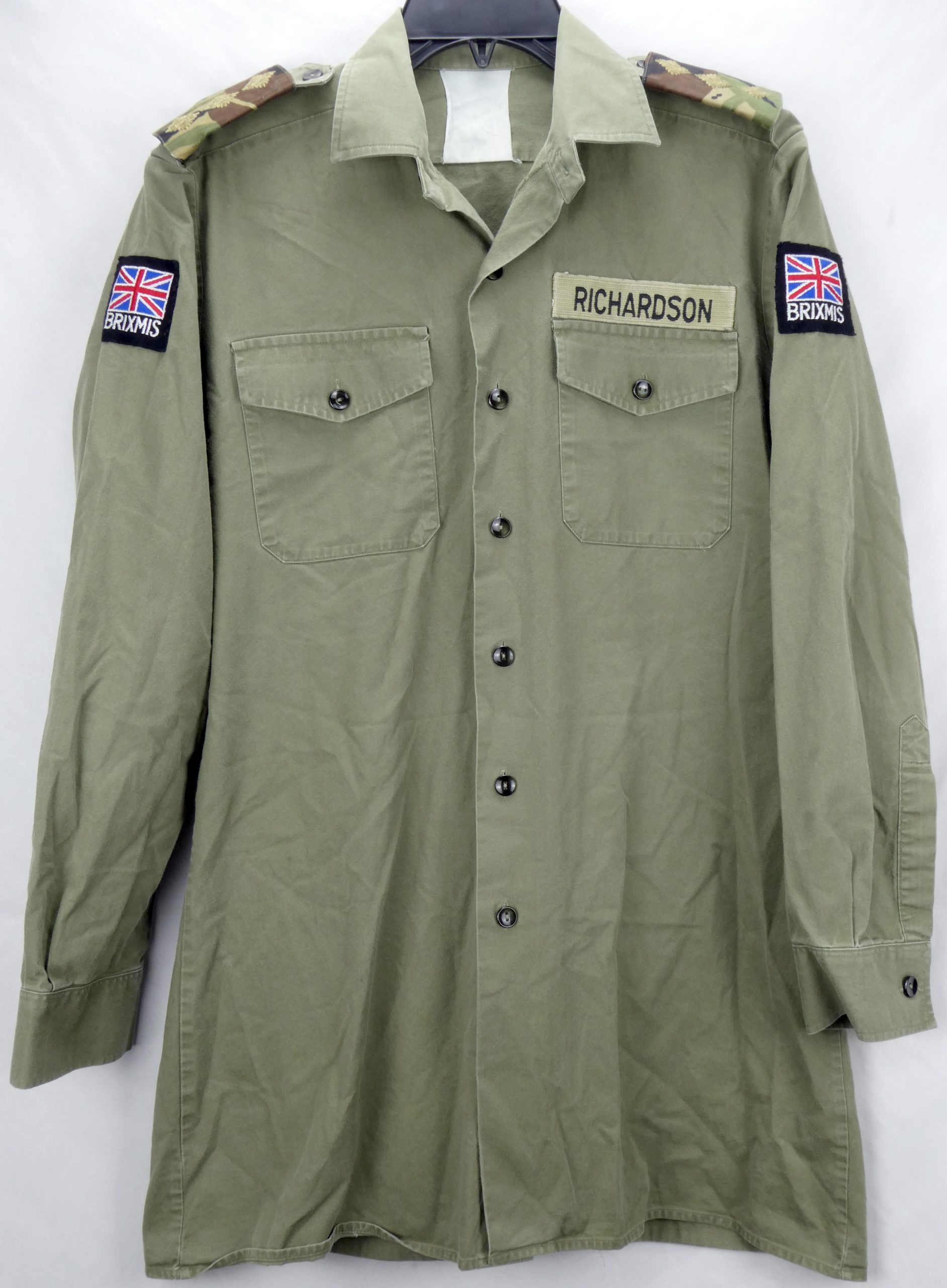
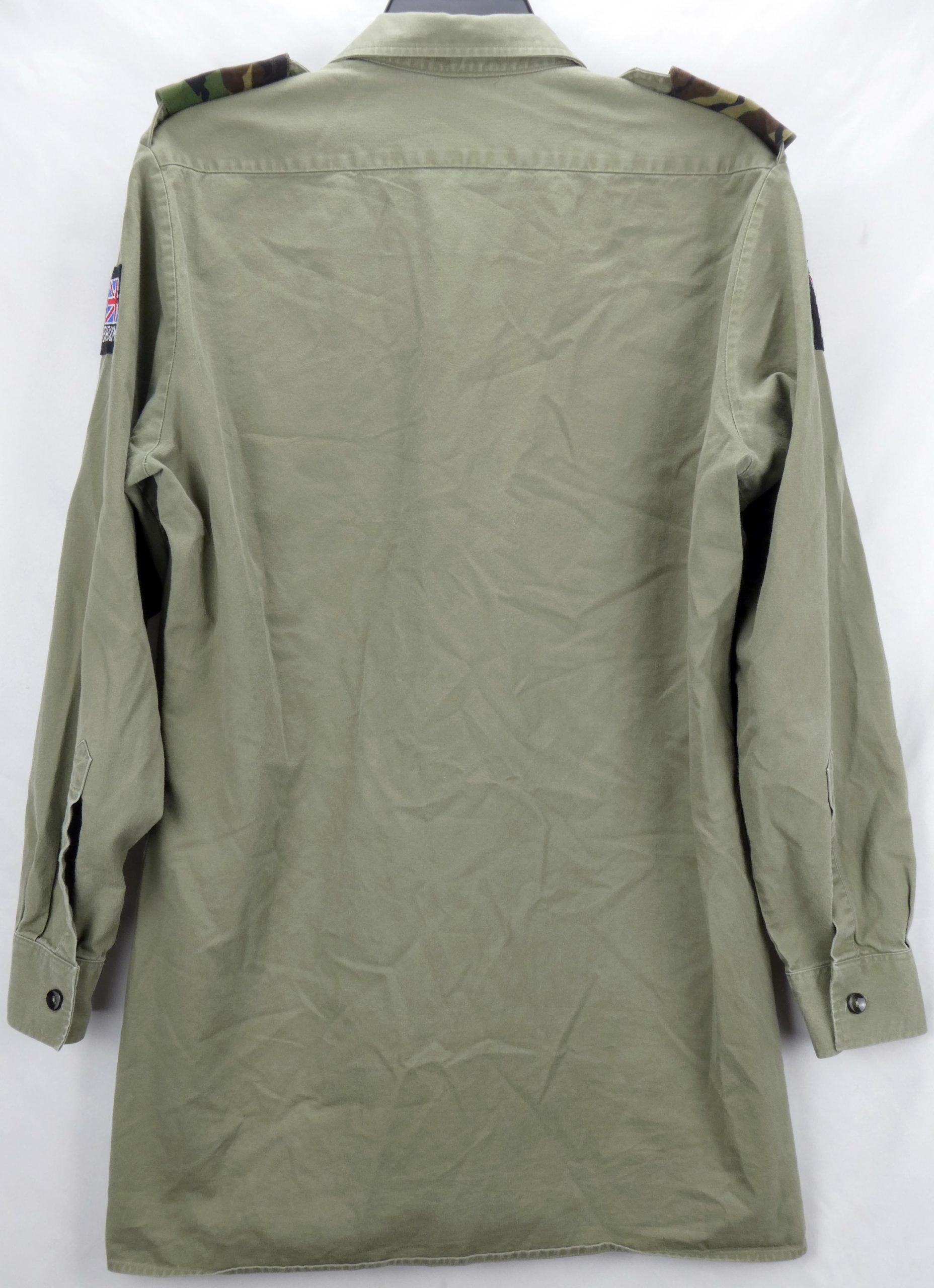
The shirt is a standard issue cotton British General Service (GS) shirt[6] named to Captain Phil Richardson, who was active as a tour NCO with BRIXMIS from the late 1970’s [7] through the 1980’s [8].
Tag:
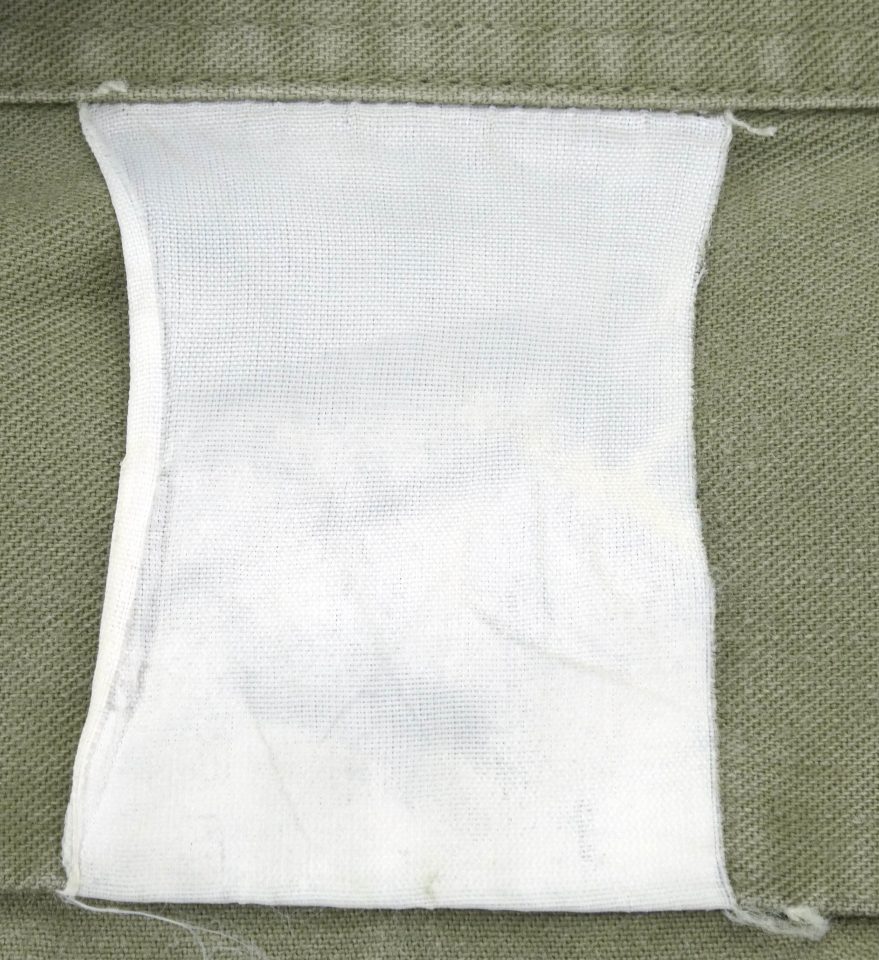
Text is washed out.
Pockets:
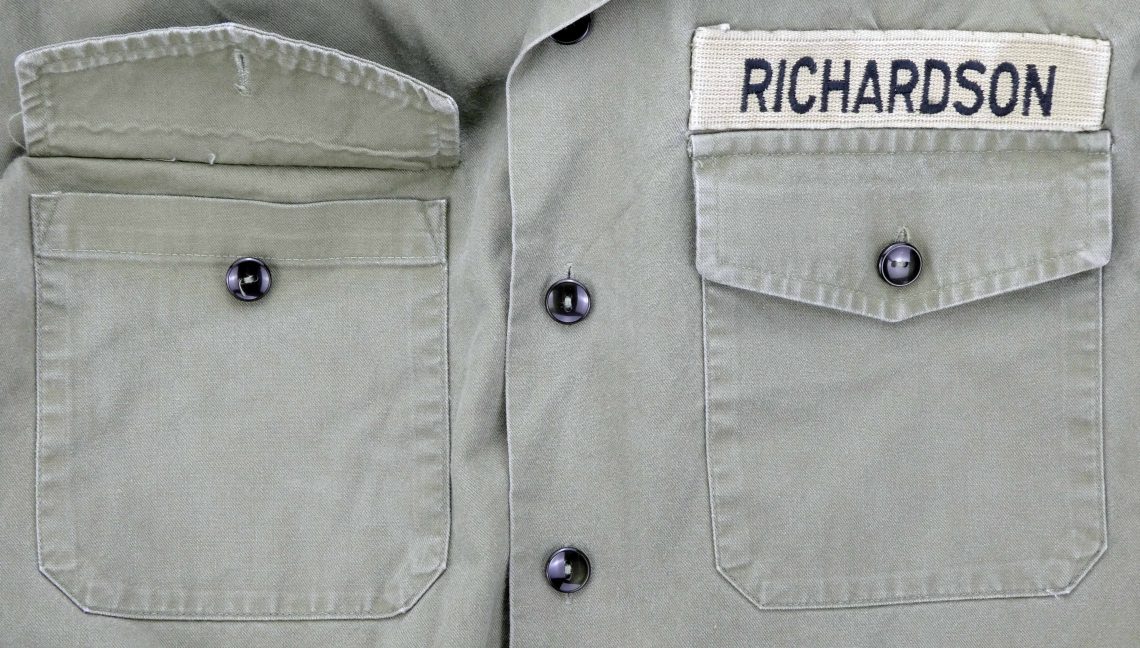
Patches:
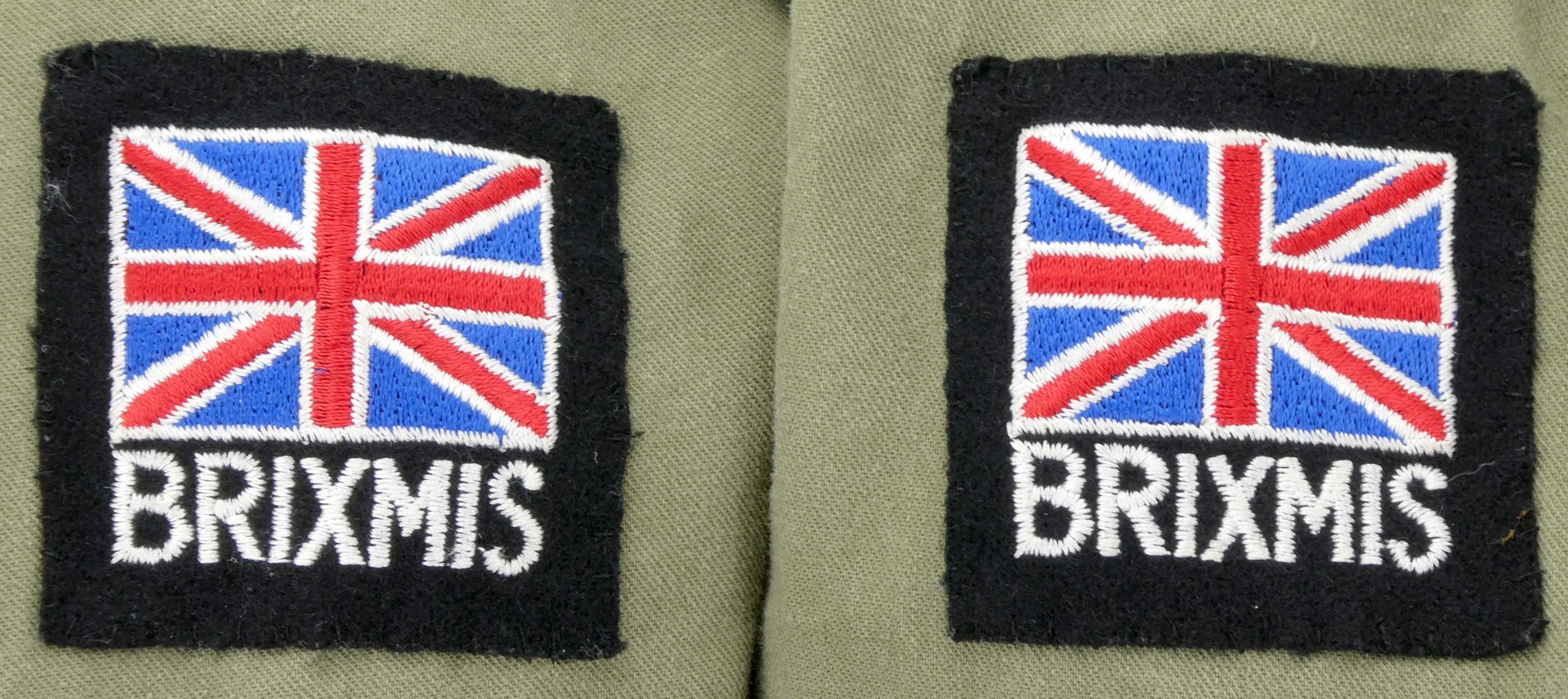
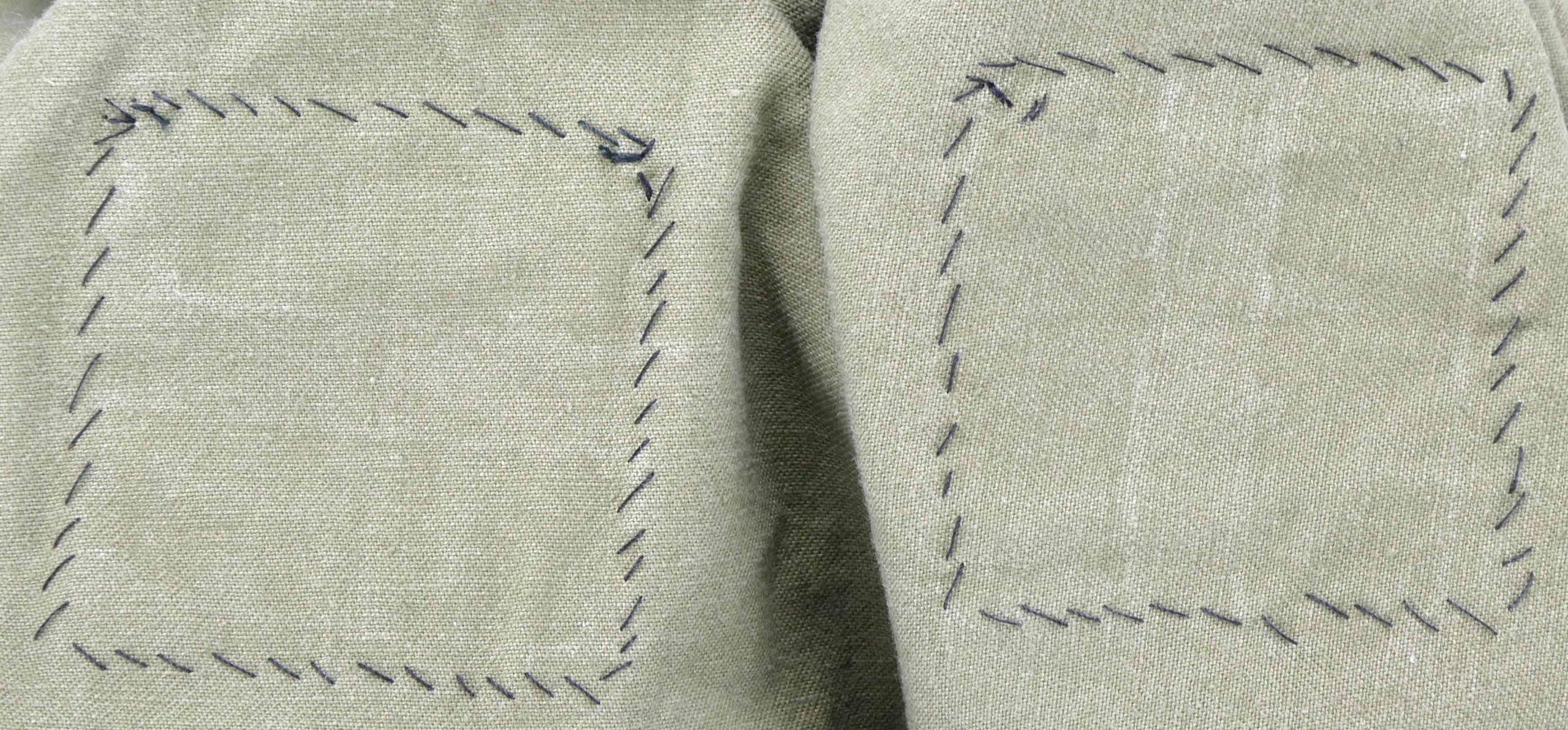
Epaulettes:
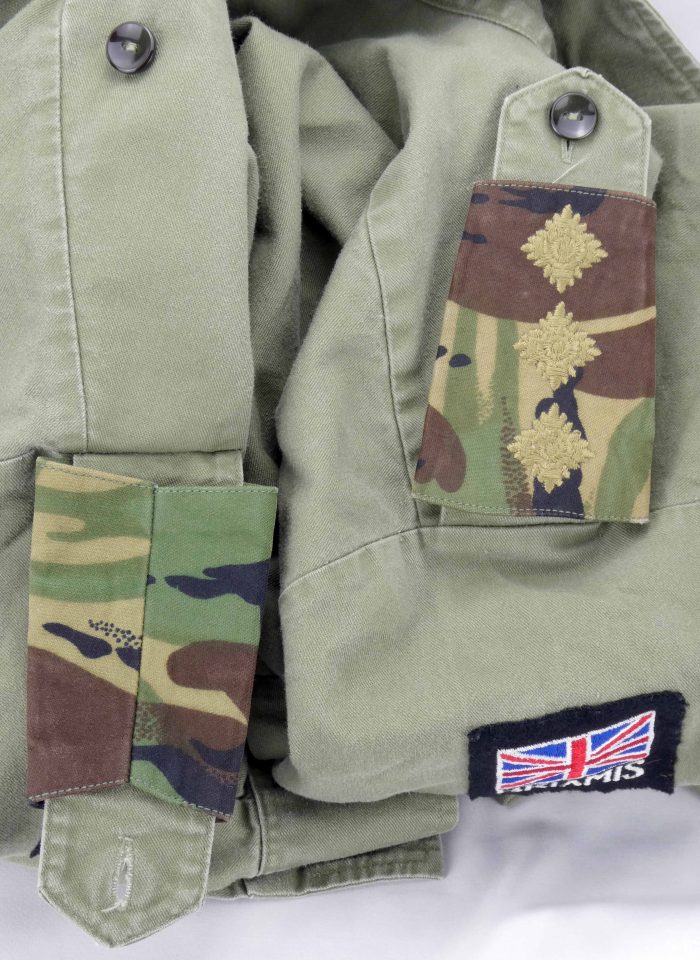
Rank slips use the same DPM material as Pattern 68 smocks.
Cuffs:
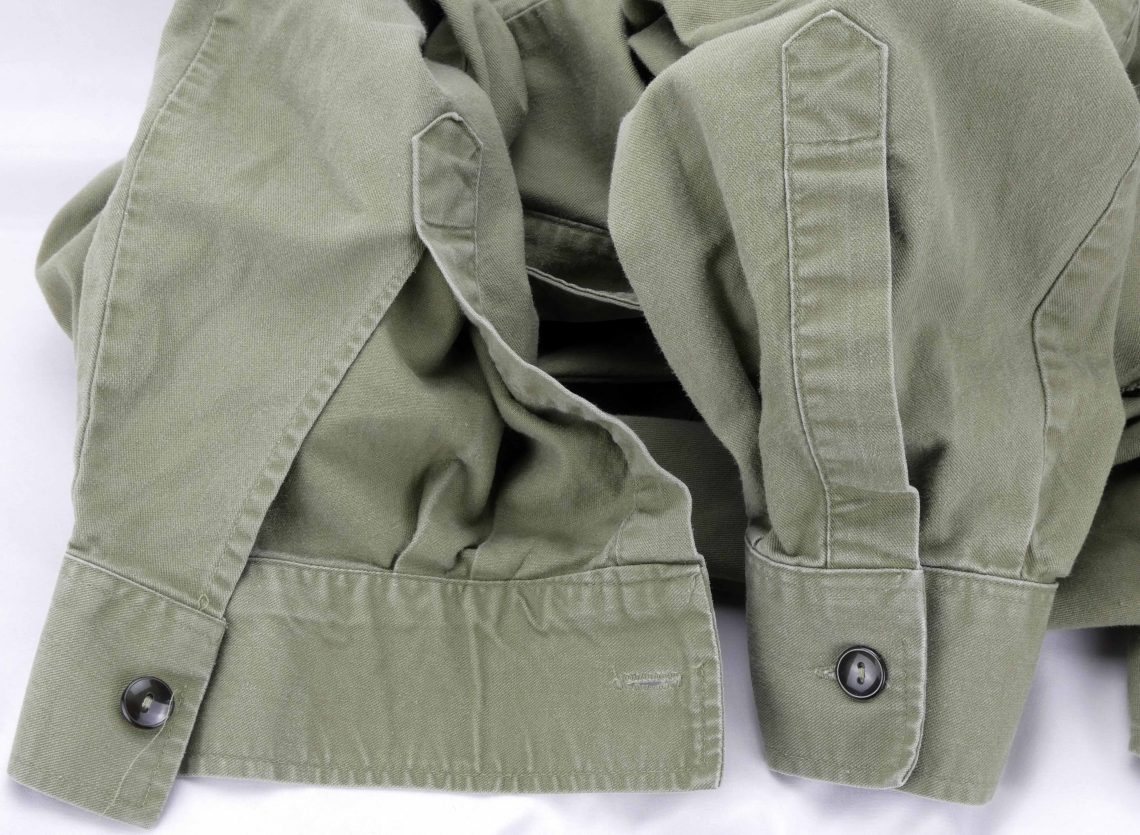
Button:
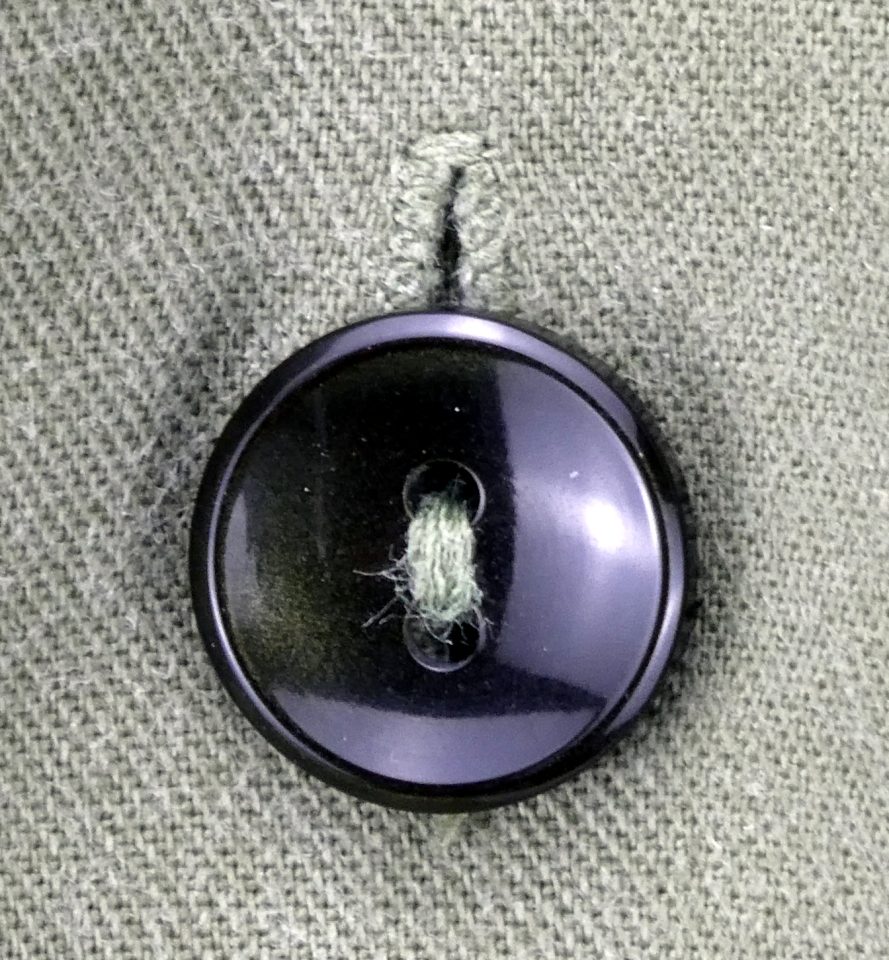
Usage Photos:
